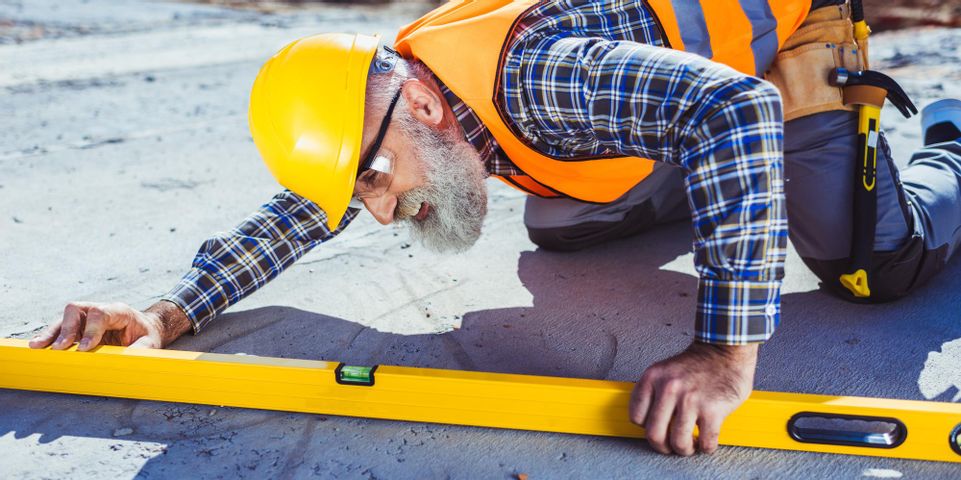What Causes Concrete to Sink & How Can You Recognize It?

While concrete is an extremely tough and durable material, it’s still vulnerable to changes in the environment—specifically those that cause the surface to sink. Apart from changing the aesthetics of your property, sunken pavement can increase the risk of poor drainage, trip hazards, and foundation damage. Fortunately, professional concrete repairs can address sinking and restore your surface. To help you catch these problems early on, here are a few ways that sinking can occur and how to recognize it.
What Causes Sunken Concrete?
Poor Soil Compaction
If soil is too loose during concrete installation, it will eventually settle and cause the slabs to sink. To avoid these problems, it’s imperative to accurately grade and compact the underlying soil so that it can adequately support the weight of the pavement without shifting.
Moisture Changes
After heavy rains or prolonged droughts, the soil composition can change as the material gains or loses excess water. If moisture changes cause the soil to expand or shrink, the concrete layer will shift as well.
Soil Washout
Poor drainage, floods, and plumbing leaks are all issues that can contribute to soil erosion. As the underlying material is washed away, and the initial foundation changes, the concrete will begin to sink.
What Are the Signs of Concrete Damage?
Foundation Cracks
 Sunken concrete is easy to spot on exterior surfaces—such as driveways—as it will crack, buckle, and warp. However, it can be more challenging to tell when concrete is sinking directly beneath your property.
Sunken concrete is easy to spot on exterior surfaces—such as driveways—as it will crack, buckle, and warp. However, it can be more challenging to tell when concrete is sinking directly beneath your property.
If the pavement under your property is sinking, the foundation may develop visible cracks. Depending on the location and severity of these cracks, you may also find fissures along walls, windows, and doorframes.
Sticking Doors & Windows
Slight changes in the foundation of your home can cause windows and doorframes to become misaligned. Without appropriate concrete repair, your windows and doors may stick whenever you try to open or close them.
Uneven Floors
If sinking concrete causes the foundation or support columns to shift, the floors they support can move as well. For example, you might notice that basement floors are cracked and present tripping hazards. Upper-level floors, on the other hand, might appear tilted at an angle. If you are unsure, use a level to see if your flooring is sitting at an appropriate angle.
When you notice signs of sinking concrete, don’t wait for the damage to get worse. Instead, turn to the experienced professionals at The Dwyer Company. Using advanced tools and efficient slabjacking techniques, this contractor can raise sunken concrete without the need for costly excavation. To learn more about their affordable concrete repair services, visit their team online or call the West Chester, OH, office today at (513) 777-0998.
About the Business
Have a question? Ask the experts!
Send your question

